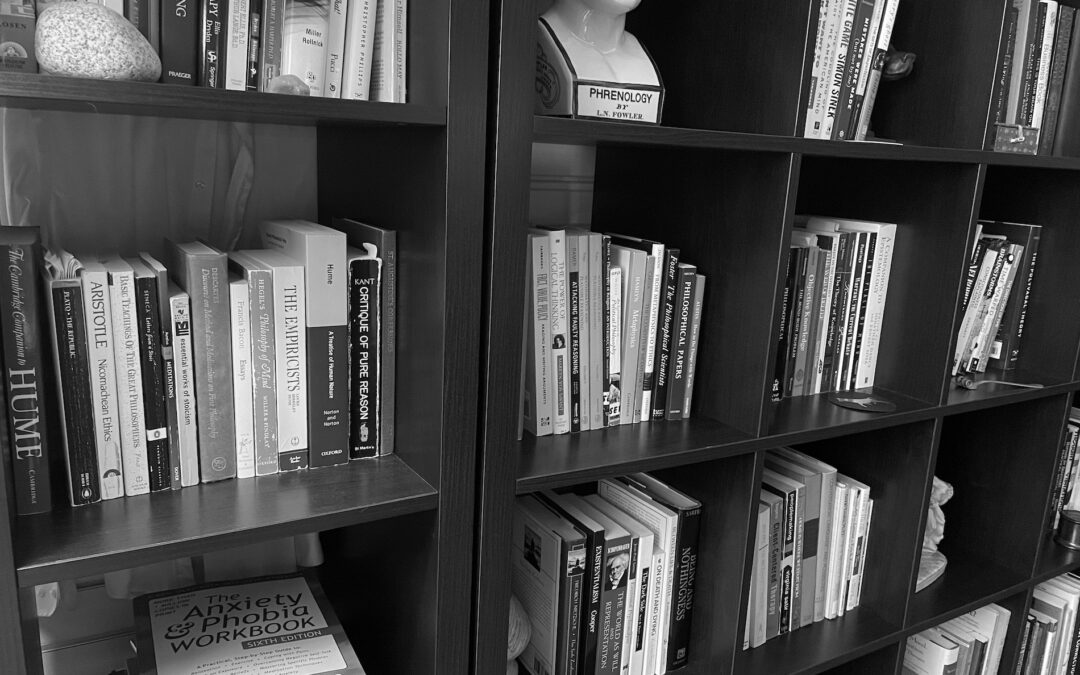With the last post we were left with the possibility that there may not be a problem. So it seems cohesive to post this piece next.
After vetting the situation we may grasp an understanding that there actually is a problem. But, how do we know and then communicate what it is?
The ‘what’ is identifying what’s wrong. This sounds redundant I know, so let’s get more detail. Sometimes just asking, “what’s wrong” can yield some sufficient answers. But sometimes the answer to that question is along the lines of “I’m not sure, things just feel off.” Or, “I just feel unsatisfied. All these boxes are checked but it still feels like something is missing.” The needed detail from these latter answers may be gained by asking a rather simple question: “What am I avoiding?”
*I need to give credit here as this particular self-reflective question came from a client, it’s good!
Ask yourself, “What am I avoiding?” Or more specifically, “what did I avoid today?” While seemingly simple, this question seeks to identify the path toward what needs to be worked on – hence what is the problem.
The aspect of avoidance is interesting. There may be well-formed, justified reasons for avoiding a situation or task. But how often do we self-check to ensure our thinking is well-formed? You may be avoiding a decision due to a lack of sufficient information. Ok, fine. Then you know you need to gather the information. Or you may be avoiding a conversation with your boss due to fear of conflict – probably not such a good strategy. It may provide some short-term relief, but it can hardly be considered effective in the long-term. In this more sinister sense avoidance allows you to relieve yourself of the burden enough to get by and move on. The pathological concern is how this avoidance (and the fear that yet remains) operates in the background as we move on.
Avoidance can be a gate-keeper to the more existential angst type issues that some of us realize.
The avoidance question may not be beneficial for more acute concerns like anger, grief, or habitual changes. But then again there may be some insight gained by asking the question, so what the hell. Perhaps, it’s also applicable to depression-related concerns, as there may be grounding in avoidance there as well.
But with regard to an existential concerns, that are typically more chronic, this question can help direct a path forward. With the nebulous nature of existential angst, it can be daunting to wade into such deep, potential overwhelming waters. The avoidance question can offer a tethering line to shore, allowing us to proceed with caution.
“Don’t eat those berries!”
It seems a natural reaction to avoid something we find causes discomfort. And sometimes this is good for self-preservation.But as we enjoy the comforts of modern living we may continue to employ the avoidance strategy to life issues that really need to be dealt with (f we want to engage in life in a meaningful way). Unfortunately, many of us remain ill-equipped to deal with these discomforts. Here enters the role of the psychotherapist, particularly one versed in philosophical thinking (shameless plug). But seriously, there needs to be conversation about avoidance between two people who share an understanding of the existential implications. Not that either will be able to produce solutions, but just able to engage in the exploratory conversation.
So if a solution is not the purpose, what is? As the famous philosophical quip goes – to know thyself. Knowing in a truly honest way. And what better way to begin than that with which you really avoid?
This particular client, to whom I attribute the question, went a step further by then determining that anything identified as avoided was to be given priority in being completed at the earliest convenience. So here we have again the need to identify, then action can take place. Systematically, it may be more complex than that – but that is the basis of much of the work I do: reflect, identify, plan, act, evaluate. Situationally being able to do something might provide some additional space or insight needed for continued question-asking and exploration (the old journey vs. destination platitude).
This simple question of avoidance works by addressing our natural tendency to turn away from things that are disagreeable to us. If a situation is uncomfortable or unpleasant it might be very natural to want to avoid it. And again we don’t have to lean into every discomfort, but it’s important to understand and then determine which ones are to be confronted and which ones can be avoided. After all, a valid determination of what to do is only an option once an identification of what the problem is has occurred.

